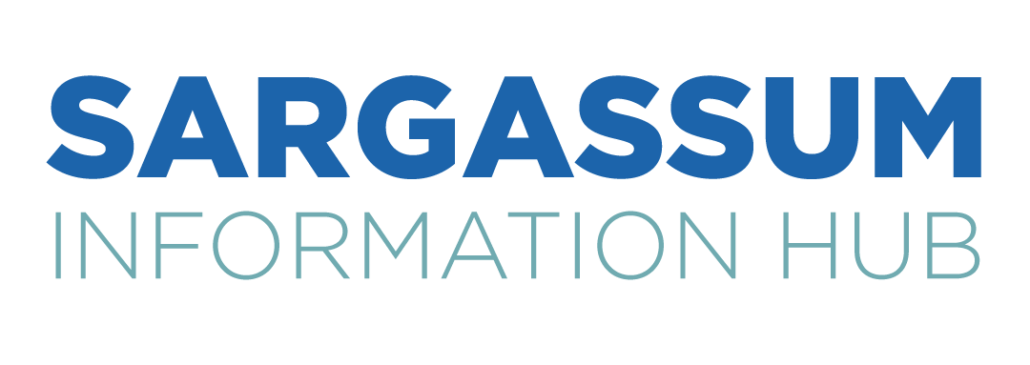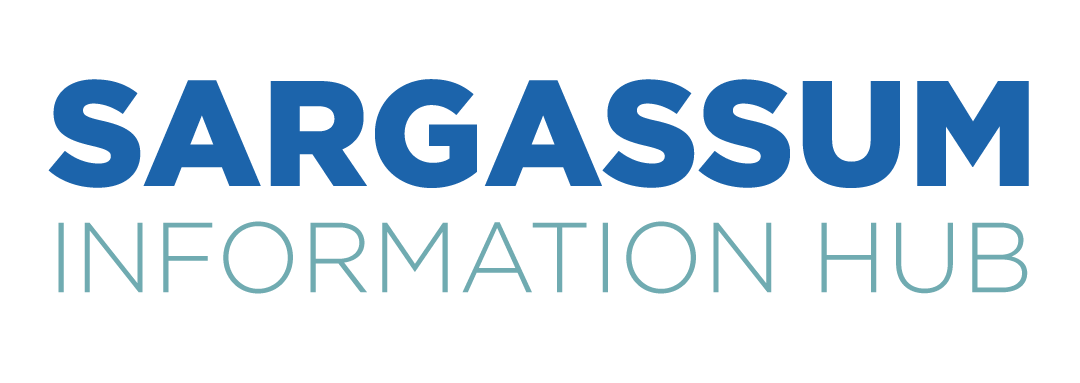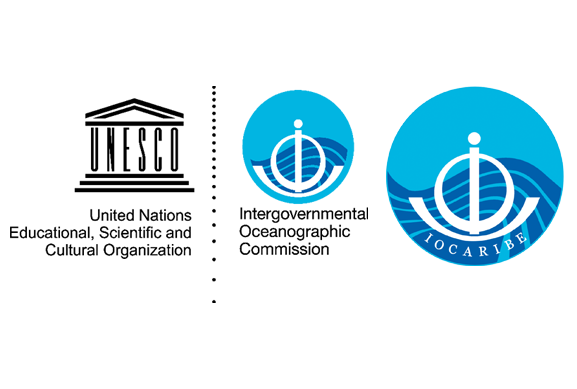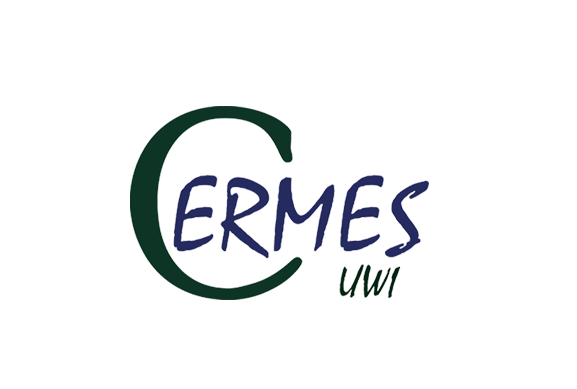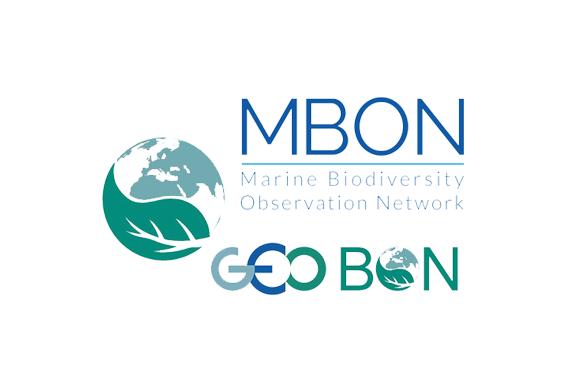Sargassum inundations occur mainly on the windward coast of Saint Lucia like most Eastern Caribbean Island States, with occasional landings occurring on the southwest coast. This influences which assets are impacted.
Most tourism assets in Saint Lucia are located on the north west coast of the island. However, there are a few on the windward coast of the island which are exposed to sargassum inundations. Recreational beaches on exposed coasts are exposed to sargassum inundations and fouling of the water has occurred due to the decomposition of sargassum and this has reduced the quality of the beaches. This has unfortunately led to tourists cancelling their trips. Along with impacts occurring on the windward coast, there has been some impacts to tourism assets on the west coast within the Soufriere Marine Management Area.
Similar to the tourism, most fisheries assets are located on the leeward coast of the island which is generally unexposed to sargassum influxes. However, a few fisheries assets located on the windward coast have been impacted. This has resulted in the ceasing of fishing at some fish aggregating devices and landing sites. There has also been decreased access to fish landing sites exposed to sargassum influxes. Sargassum influxes have also affected the use of some fishing equipment such as seine nets at some fishing locations due to entanglement with sargassum. Fish catch has also been impacted with fluctuations in dolphinfish catches, increased catches in cawa and jacks and decreased in king fish and flying fish catches.
There have been reports of respiratory health issues arising from exposure to hydrogen sulphide from rotting Sargassum, especially amongst people from the fishing communities located on the windward coast of the island. People have also reported that rashes occur after physical contact with sargassum. Notably, there is a need for research on the effects of heavy metals found in sargassum on the population.
Despite various ecosystems being exposed to sargassum influxes, there has been no reports of the impact it has on them.
